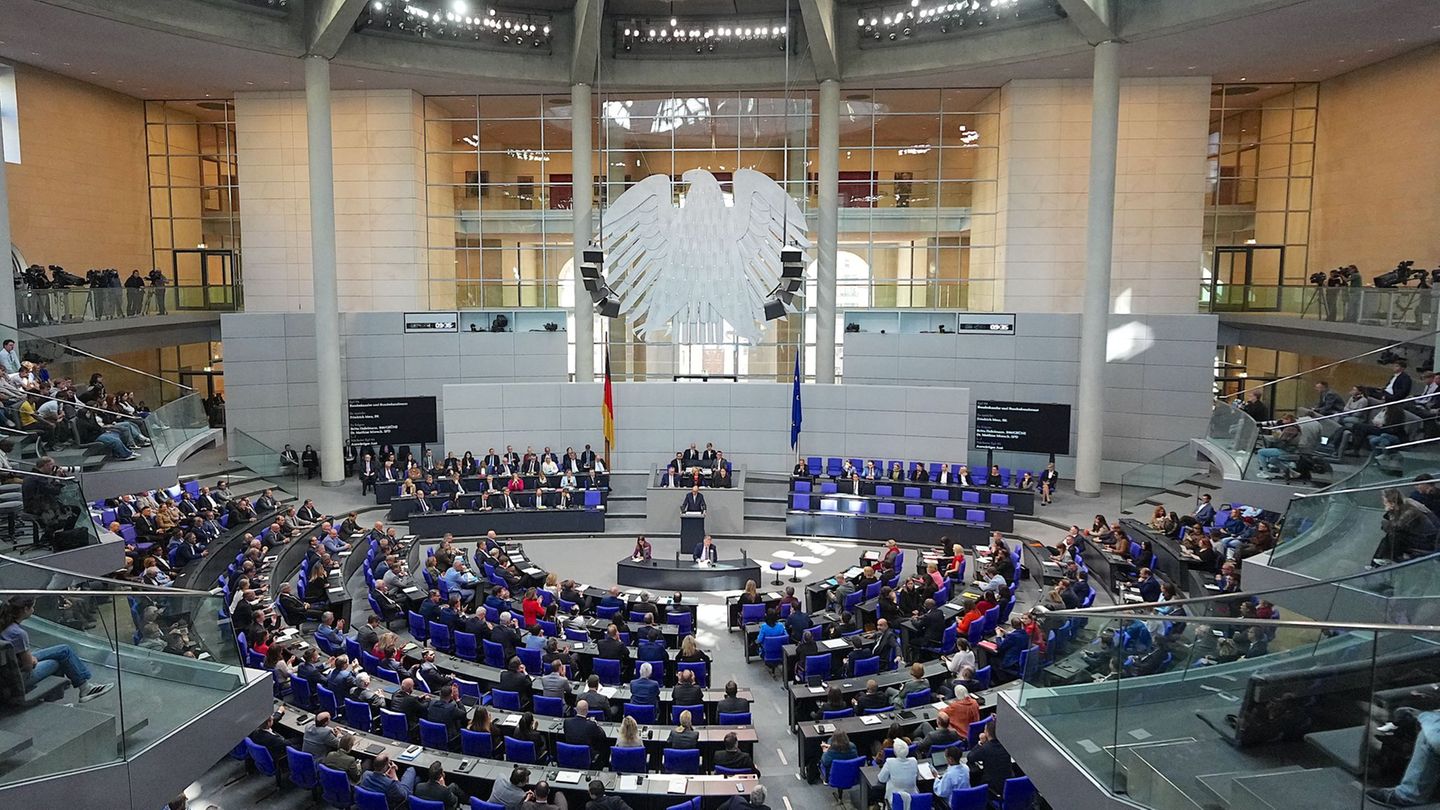I have been working in the news industry for over 6 years, first as a reporter and now as an editor. I have covered politics extensively, and my work has appeared in major newspapers and online news outlets around the world. In addition to my writing, I also contribute regularly to 24 Hours World.
Menu
Second attempt in the Bundestag: What is at stake in the judge’s election
Categories
Most Read
Security and defense: Pistorius sends fighter jets to Poland for NATO protection flights
October 15, 2025
No Comments
Dispute over military service: Union insists on changes to Pistorius draft
October 15, 2025
No Comments
Hostages from Gaza: This is what they looked like before the kidnapping – and this is what they looked like after
October 15, 2025
No Comments
Retirement provision: Cabinet decides on active pensions – overall package
October 15, 2025
No Comments
Israel: Body handed over by Hamas was not hostage
October 15, 2025
No Comments
Latest Posts

Michael J. Fox on dying: “I don’t want drama”
October 15, 2025
No Comments
The “Back to the Future” star was diagnosed with Parkinson’s disease when she was 29 The film “Back to the Future” made him a star

Divorces: keys to understanding if it is your responsibility to ask for money
October 15, 2025
No Comments
Lisa HarrisI am an author and journalist who has worked in the entertainment industry for over a decade. I currently work as a news editor

There were bullet holes and traces of blood
October 15, 2025
No Comments
October 15, 2025 – 11:12 The Swedish activist recounted the humiliation she suffered after being detained by Israel and warned that what she experienced reflects
24 Hours Worlds is a comprehensive source of instant world current affairs, offering up-to-the-minute coverage of breaking news and events from around the globe. With a team of experienced journalists and experts on hand 24/7.

